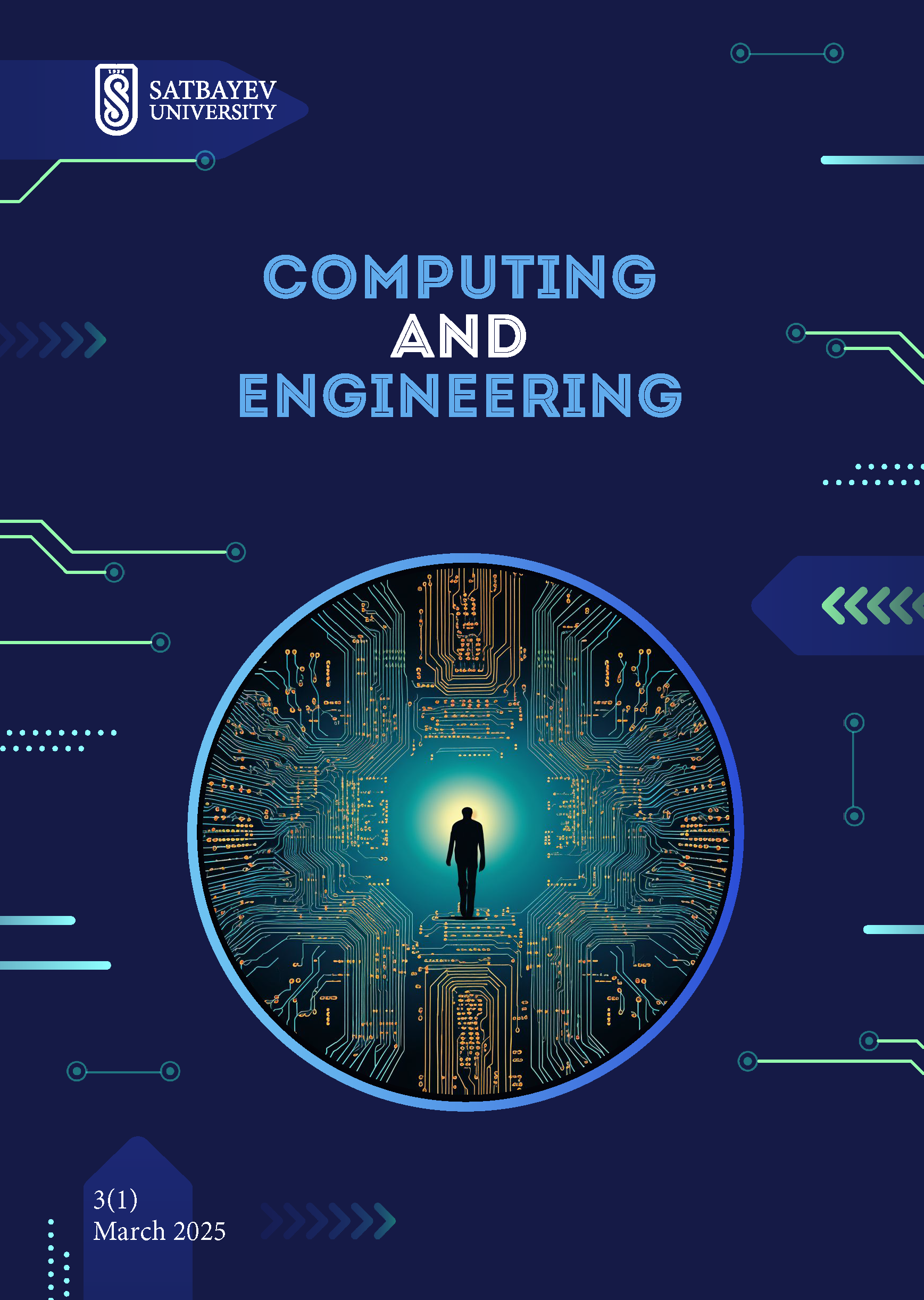Research and analysis of embedded software for undeclared capabilities
DOI:
https://doi.org/10.51301/ce.2025.i1.05Keywords:
undeclared capabilities, Arduino UNO, software backdoor, XOR encryption, embedded softwareAbstract
This paper presents the process of extracting, studying, and analyzing embedded software to confirm the presence of an undeclared capabilities. For this purpose, an educational scenario was modeled in which a software backdoor is inserted into an encryption algorithm implemented using Arduino IDE 2.3.2. The backdoor enables covert transmission of a secret key from the electronic device to an attacker over an Ethernet network in response to a predefined code phrase received via the same network interface. The electronic device used is the open-source Arduino UNO platform. To activate an undeclared feature by sending a passphrase to an electronic device, the attacker is expected to use a software backdoor implemented in the Python programming language in the PyCharm 2021.2.2 IDE.
Downloads
Published
How to Cite
Issue
Section
License
Copyright (c) 2025 Computing & Engineering

This work is licensed under a Creative Commons Attribution-NonCommercial-NoDerivatives 4.0 International License.
<div class="pkpfooter-son">
<a rel="license" href="http://creativecommons.org/licenses/by-nc/4.0/"><img alt="Creative Commons License" style="border-width:0" src="https://i.creativecommons.org/l/by-nc/4.0/80x15.png"></a><br>This work is licensed under a <a rel="license" href="http://creativecommons.org/licenses/by-nc/4.0/">Creative Commons Attribution-NonCommercial 4.0 International License</a>.
</div>





